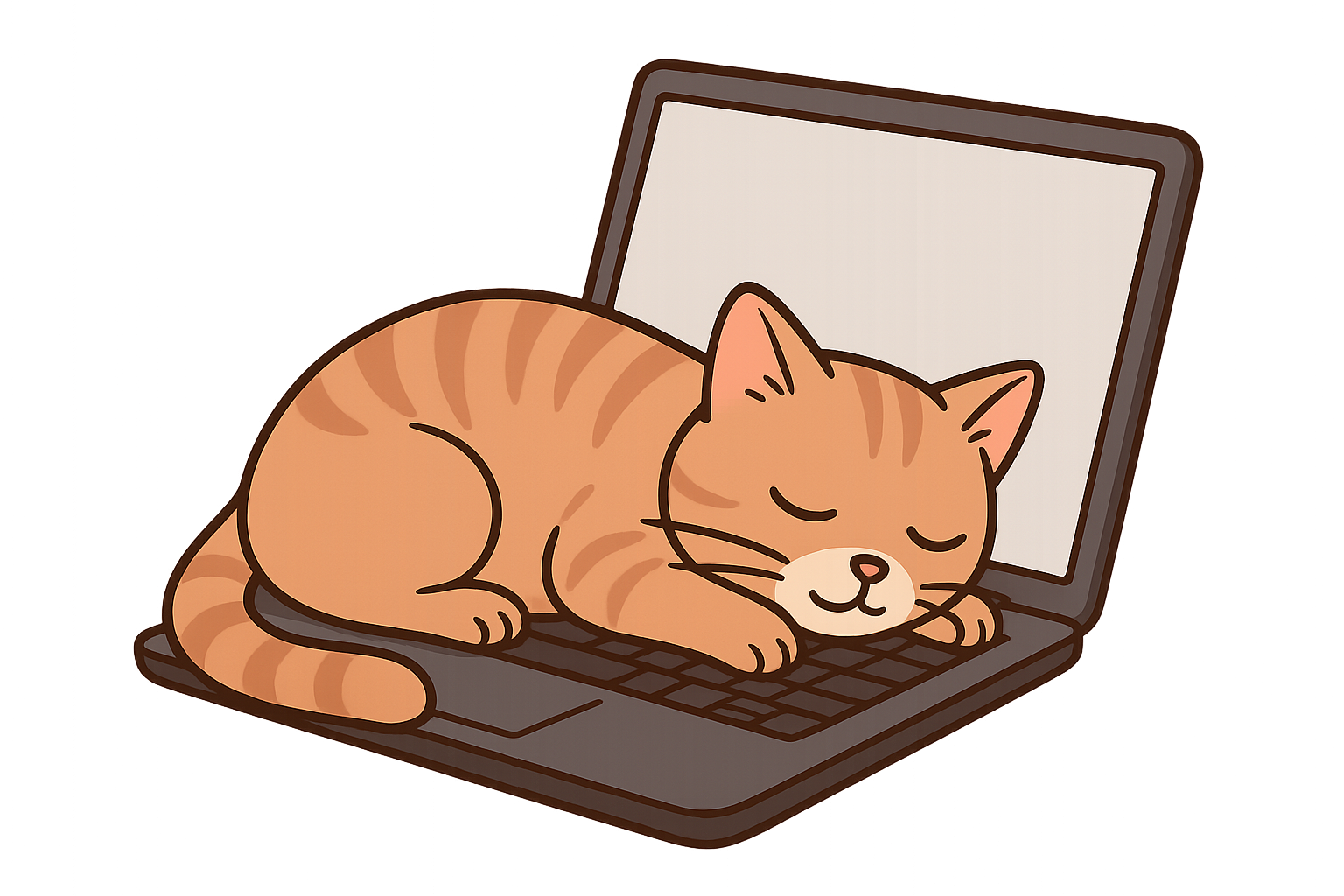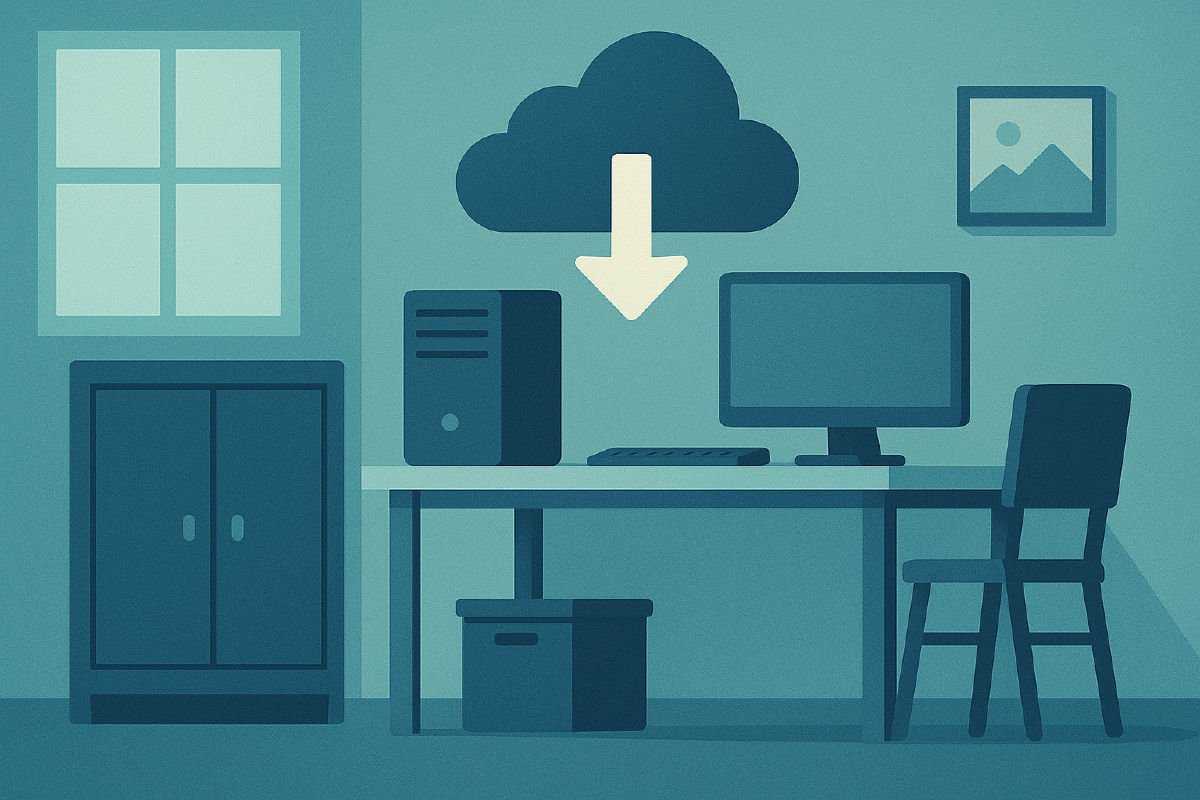As I work toward becoming a Cybersecurity Architect, I’ve chosen to strengthen my skills by building a homelab where I control my own data. Hosting services at home isn’t just about privacy, it’s also about ownership, resilience, and accountability. By experimenting with self-hosted solutions, I’m learning how to secure, organize, and protect digital environments, practices that will serve both my career and my future responsibilities in cybersecurity.
Why Self-Hosting Matters for Aspiring Cybersecurity Architects#
Before diving into the tools, let’s talk about the why. Cybersecurity isn’t just about defending networks, it’s about understanding how data flows, where it’s stored, and who has access. By self-hosting, I’m not only protecting my privacy but also gaining hands-on experience with:
- Data sovereignty: No third-party cloud provider can access or lose my data.
- Infrastructure management: Running my own servers teaches me about hardening, backups, and disaster recovery.
- Threat modeling: Every tool I deploy is a chance to think like an attacker, and a defender.
My Self-Hosted Stack for Data Hoarding and Organization#
1. Gitea : Code Hosting#
What it does: Gitea is a lightweight, self-hosted Git service that provides repositories, issue tracking, and collaboration tools, similar to GitHub, but entirely under my control.
Why I use it:
- Private repositories: Store personal and homelab code without relying on third parties.
- Learning CI/CD basics: Experiment with pipelines and automation safely.
Cybersecurity value: Gitea teaches me about SSH key management, repository access control, and protecting source code. It’s also a practical way to understand how sensitive intellectual property should be secured in enterprise environments.
2. Paperless NGX : Secure Document Management#
What it does: Paperless NGX is an open-source document management system. It scans, OCRs, and organizes physical and digital documents, without depending on external cloud services.
Why I use it:
- OCR and tagging: Automatically extracts text from PDFs and images, so I can find any document in seconds.
- Workflow automation: Sets up rules for sorting documents into categories.
- Security: All documents stay on my server, encrypted and backed up.
Cybersecurity value: Running Paperless-ngx helps me practice database hardening, access control policies, and secure storage of confidential files. It also exposes me to audit trails and logging.
3. Actual Budget: Finance Tracking#
What it does: Actual Budget is a self-hosted budgeting app that helps track expenses and plan finances, without sending sensitive data to third-party servers.
Why I use it:
- No ads, no tracking: My financial data stays mine.
- Clear overview: Easy tracking of expenses and savings goals.
- Offline-first: Works even if my internet is down.
Cybersecurity value: Managing financial data locally forces me to think about encryption, database protection, and secure backups. It’s an excellent exercise in protecting highly sensitive information.
4. Homebox: Inventory Tool#
What it does: Homebox is a self-hosted inventory management system for tracking household items, electronics, or even licenses.
Why I use it:
- Organized inventory: Keep track of devices, warranties, and assets.
- Data centralization: No more scattered spreadsheets.
- Practical for homelab: Track servers, VMs, and software.
Cybersecurity value: Asset management is a core part of cybersecurity. Homebox helps me practice inventory audits and risk assessment, critical for identifying vulnerabilities in a real-world environment.
5. Mealie : Food Planning#
What it does: Mealie is a self-hosted recipe manager and meal planner with a clean interface and family-friendly features.
Why I use it:
- Centralized recipes: Store and organize my favorite meals.
- Meal planning: Generate shopping lists automatically.
- Self-hosted: Keep even personal lifestyle data private.
Cybersecurity value: Mealie gives me practice with authentication and session management, ensuring private access for family members. It’s also a good case study for integrating SSO and role-based access in lightweight applications.
6. Komga : Digital Library Management#
What it does: Komga is a self-hosted media server for comics, manga, and ebooks, offering a clean interface to organize and read digital collections.
Why I use it:
- Centralized library: All reading material in one secure place.
- Mobile access: Paperback allows me to sync my books with a Komga server.
- API access: I even developed my own tool to add content and enrich metadata automatically.
Cybersecurity value: Managing a media server introduces me to content security policies, API security practices, and controlled file sharing.
7. Jellyfin : Media Streaming#
What it does: Jellyfin is a free and open-source media server, similar to Plex or Emby, but with no tracking or licensing restrictions.
Why I use it:
- No subscriptions: I own my media, and Jellyfin streams it without ads.
- User profiles: Family members get their own accounts and recommendations.
- Plugins: Extend functionality with subtitles, metadata agents, and more.
Cybersecurity value: Jellyfin teaches me user access management, role-based permissions, and secure storage of media files. It reinforces the importance of controlling internal access and ensuring that sensitive content isn’t exposed unintentionally, even in a trusted environment.
8. Vaultwarden : Password Management#
What it does: Vaultwarden is a lightweight, self-hosted implementation of Bitwarden, offering secure password management with syncing across devices.
Why I use it:
- Centralized secrets: All credentials managed in one place.
- Cross-platform: Works with mobile, browser, and desktop.
- Privacy-first: No external cloud dependency.
Cybersecurity value: Vaultwarden directly reinforces best practices in encryption, MFA, and secure password storage.
Self-Hosting as a Cybersecurity Lab#
Running a homelab is more than organization, it’s a hands-on training ground. By managing my own servers, I practice:
- Secure configurations: hardening Linux, firewalls, and access control.
- Backup strategies: ensuring resilience with reliable tools.
- Incident response: monitoring, detecting, and reacting to threats.
Own Your Data, Own Your Future#
Self-hosting may not be for everyone, but for an aspiring Cybersecurity Architect it’s invaluable. It sharpens my mindset on security, privacy, and infrastructure, foundations that will shape my professional journey.

